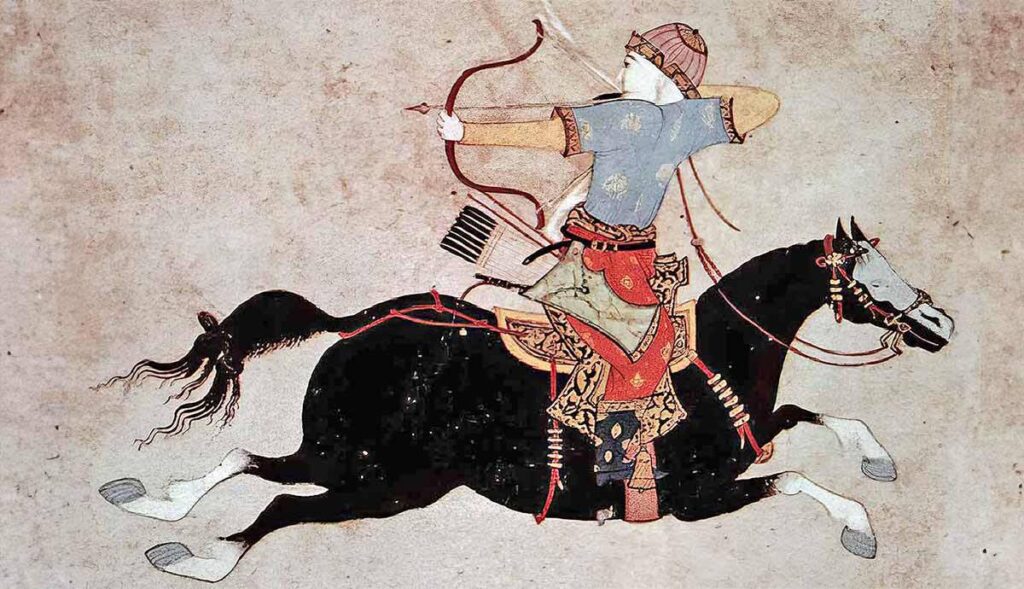Cavalry has always played a significant role in ancient warfare, with civilizations like the Scythians and Mongols showcasing the importance of skilled horseback combat. The Scythians, known for their expert horsemen and archers, utilized their mobility to outmaneuver enemies with hit-and-run tactics. Similarly, the Mongols, under Genghis Khan, built a massive empire through their disciplined and coordinated cavalry units, employing feigned retreats and horseback archery to devastating effect. The legacy of cavalry warfare has continued throughout history, with cavalry units remaining a key component of military strategy. The principles of speed, agility, and precision in cavalry tactics still hold value on the modern battlefield.
The Role of Cavalry in Ancient Warfare: From Scythians to Mongols
Cavalry has played a crucial role in warfare throughout history, especially in ancient times when horses were the fastest means of transportation and warfare was largely based on mobility and speed. From the Scythians to the Mongols, cavalry units have been instrumental in shaping the outcome of battles and campaigns.
Scythians: Masters of the Steppe
The Scythians were a nomadic horse-riding people who inhabited the Eurasian steppe in what is now modern-day Ukraine, Russia, and Kazakhstan. They were renowned for their skilled horsemen and expert archers, utilizing their mobility to outmaneuver and defeat their enemies.
Scythian cavalry units were light and agile, able to quickly traverse vast distances and strike with precision. Their tactics often involved hit-and-run attacks, harassing enemy forces from afar with their bows and arrows before closing in for the kill. With their mastery of horseback archery, the Scythians were able to achieve great success on the battlefield.
Mongols: Conquerors of the World
The Mongols, under the leadership of Genghis Khan and his successors, built one of the largest empires in history through their use of cavalry. The Mongol cavalry was known for its speed, discipline, and coordination, allowing them to quickly overwhelm their enemies and conquer vast territories.
The Mongols were also skilled horseback archers, using their bows and arrows to devastating effect in battle. They were able to maintain a constant barrage of arrows on the enemy while moving at high speed, making it difficult for their opponents to mount an effective defense.
One of the key tactics employed by the Mongols was their use of feigned retreats, luring the enemy into a false sense of security before turning around and attacking with full force. This psychological warfare, combined with their superior cavalry skills, allowed the Mongols to become one of the most feared military forces of their time.
Legacy of Cavalry Warfare
The Scythians and Mongols were just two examples of the many civilizations that relied heavily on cavalry in ancient warfare. Their mastery of horseback combat allowed them to achieve great success on the battlefield and shape the course of history.
Even as technology advanced and warfare evolved, cavalry continued to play a significant role in battles and campaigns. From the knights of medieval Europe to the horsemen of the American Civil War, cavalry units have remained a key component of military strategy.
Today, while horses may no longer be the primary mode of transportation in warfare, the principles of cavalry tactics and strategy still hold true. The ability to quickly maneuver and strike with speed and precision is still a valuable asset on the battlefield.
In conclusion, the role of cavalry in ancient warfare, from the Scythians to the Mongols, has been instrumental in shaping the outcome of battles and campaigns. Their mastery of horseback combat and tactics has left a lasting legacy that continues to influence military strategy to this day.
